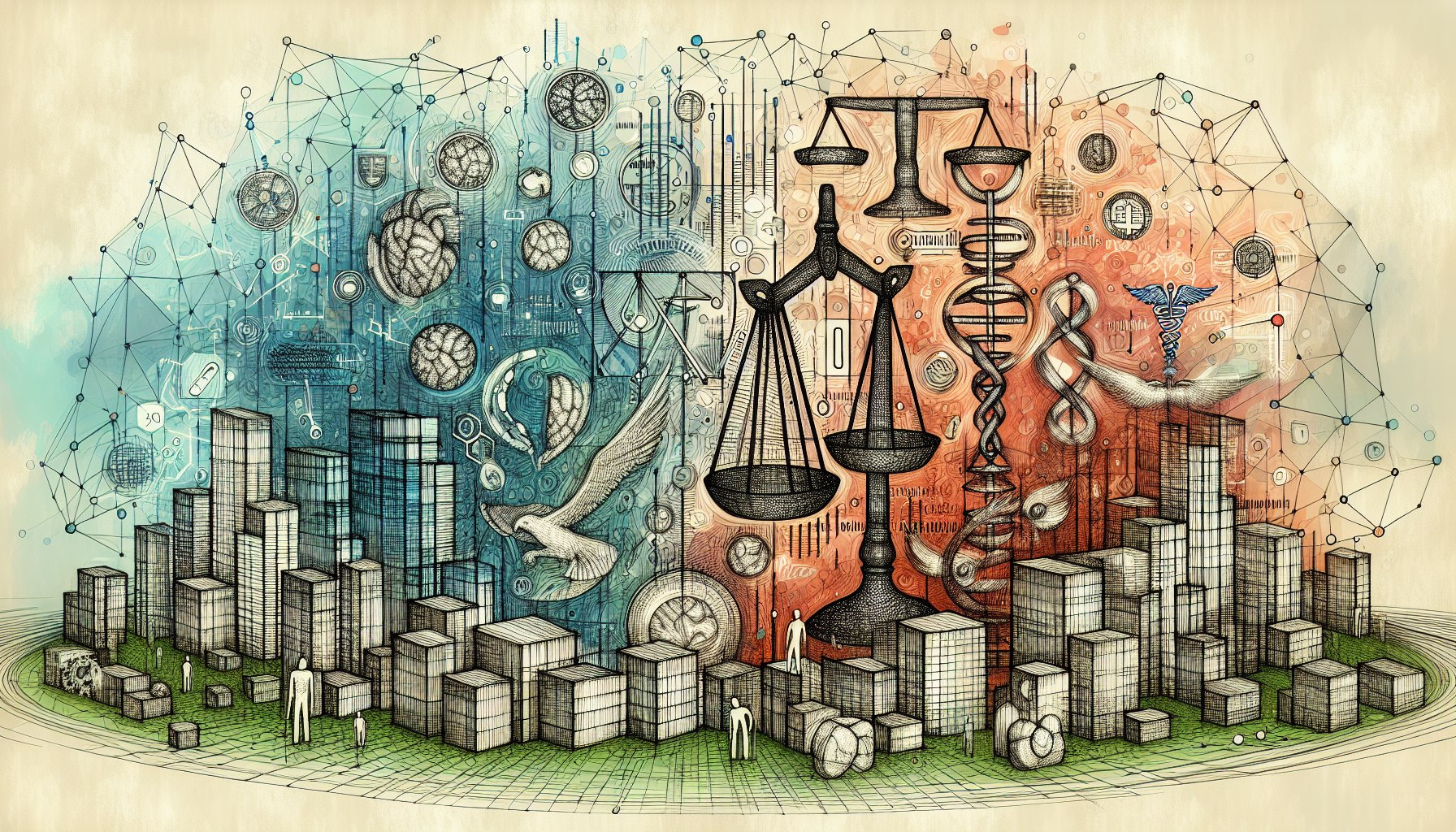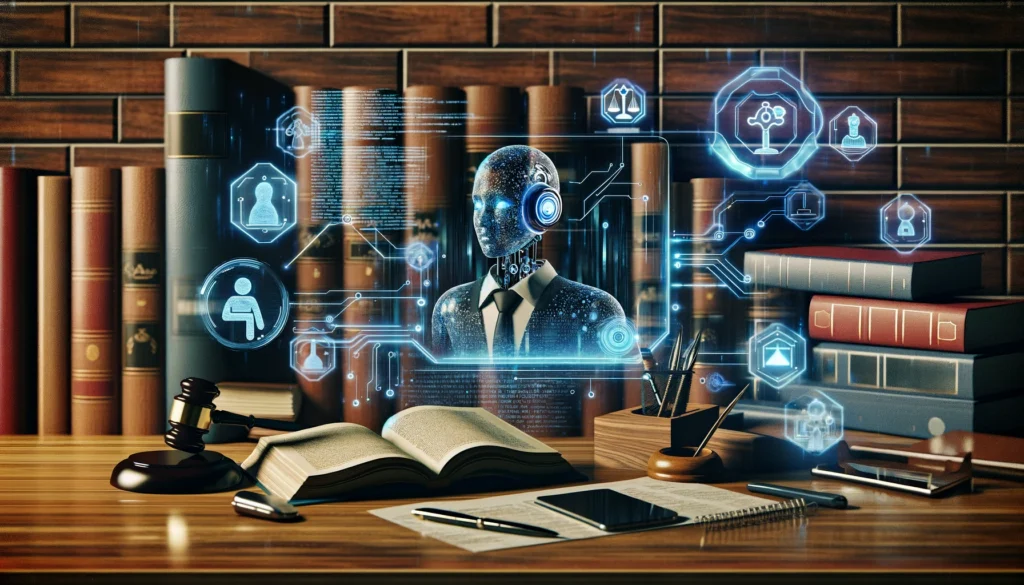
Setting the Scene: Testamentary Trusts in Contemporary Practice
In the modern legal landscape, testamentary trusts are crucial instruments used to manage an estate. Whether safeguarding assets for beneficiaries or minimizing estate taxes, these trusts ensure a decedent’s wishes are honored. Paralegals play an indispensable role in drafting these documents, balancing precision with attentiveness to client needs. Their expertise ensures that the trusts are legally sound and align with the testator’s intent.
Flowing from this understanding, integrating new technologies such as ChatGPT can revolutionize drafting processes, offering efficiency and accuracy.
Seamless Workflow Integration with ChatGPT
Introducing ChatGPT into legal workflows brings a paradigm shift. This AI can process vast amounts of information, generate structured outputs, and facilitate routine tasks, thereby supplementing human expertise. Legal teams benefit from accelerated drafting processes, reduced errors, and more time to address complex issues.
For paralegals, ChatGPT offers practical advantages. It acts as a virtual assistant, providing immediate access to information and generating foundational document drafts, allowing paralegals to focus on more nuanced legal work.
Next, we delve into how crafting the right prompts is essential to harnessing this AI’s potential.
Also read:
Crafting the Ideal Prompt: The Art of Nuanced Questions
Effective interaction with ChatGPT hinges on the art of prompt engineering. Simplifying input for more complex legal outputs requires a nuanced approach.
- Understanding the Basics: A good prompt is clear, concise, and specific. It ensures the AI’s output is relevant and accurate.
- Nuanced Techniques: Contextual layers in prompts refine outputs. For instance, “Draft a testamentary trust for a married couple with two minor children and one adult child, ensuring all children receive equal shares upon reaching 25 years of age.”
- Customization: Tailor prompts to the specific requirements of testamentary trust drafting. An example: “Generate a trustee clause for a testamentary trust where the trustee is the testator’s brother.”
Mastering these techniques ensures the creation of accurate trust documents, as explored in the next section.
Also read:
Creating Accurate Trust Documents
Leveraging ChatGPT for initial drafts offers a powerful starting point. The AI can provide a detailed framework, which paralegals can then refine and personalize.
For example, starting with a prompt like, “Draft an initial testamentary trust with standard clauses for estate distribution, trustee powers, and tax considerations,” gives a sturdy foundation. Follow up with prompts to ensure compliance, such as, “Review and ensure the drafted trust complies with state-specific trust laws.”
To maintain personalization, prompts like, “Incorporate a clause designating funds for the beneficiaries’ education expenses,” ensure client-specific details are honored. This balance of AI-generated draft and human oversight creates precise and relevant documents.
Accurate drafting leads us to another critical aspect: simplifying complex language for clarity and precision.
Also read:
Streamlining Legalese: Simplifying Complex Language
Legal documents are notoriously dense and filled with jargon. Here, ChatGPT helps with rephrasing complex terms into clear, layman’s language without losing legal integrity.
- Example: “Translate the legalese in this clause about fiduciary duties into plain language.”
- Rephrasing prompts: “Simplify the paragraph on trust administration costs for a general audience” ensures clarity remains paramount.
By making the language more accessible, trusts become understandable to clients, enhancing their confidence and comprehension.
This clear communication dovetails into efficiency tips for using ChatGPT effectively in legal workflows.
Also read:
Efficiency Hacks: Time-Saving Techniques with ChatGPT
ChatGPT can optimize paralegals’ productivity with time-saving techniques. One approach is integrating quick reference modules for common clauses. A prompt like, “Provide a list of standard testamentary trust clauses,” enables rapid access to essential components.
Repetitive tasks can be automated by prompts such as, “Automatically update trustee information across all instances in this document.” This reduces manual labor and potential for errors.
Moreover, ChatGPT enhances research capabilities. Prompts like, “Summarize recent case law affecting testamentary trusts in this jurisdiction,” equip paralegals with up-to-date legal references.
With these efficiency hacks, maintaining quality control becomes crucial as we will discuss next.
Also read:
Quality Control: Perfecting the Drafts
Quality assurance is vital in legal drafting. Setting up feedback loops with ChatGPT ensures that drafts meet high standards.
- Feedback Loops: Prompts like, “Review this draft for inconsistencies,” help detect errors early.
- Error Detection: Use prompts such as, “Identify potential compliance issues in this document,” to catch discrepancies.
- Final Review: Implement a workflow like, “Final check for alignment with client requirements and legal standards,” before approval.
Ensuring meticulously crafted documents is essential as we navigate ethical and confidentiality concerns in AI utilization.
Also read:
Navigating Ethical and Confidentiality Concerns
Privacy and security are paramount in legal AI applications. Measures include using secure platforms and ensuring data encryption.
Explicit prompts can ensure adherence to confidentiality: “Ensure this draft does not include any client-identifiable information.”
Ethical utilization involves ongoing compliance checklists and prompts like, “Verify compliance with ethical standards for AI use in legal drafting.”
As we uphold these standards, we also look towards the innovations shaping the future of legal drafting.
Also read:
Future-Proofing Legal Drafting: Innovations on the Horizon
The integration of AI into legal drafting continues to evolve. Emerging trends include more advanced natural language processing and real-time legal updates integrated into drafting tools.
Paralegals must embrace continuous learning, staying abreast of AI advancements and regulatory changes, keeping a vision of a tech-enhanced legal landscape where AI and human expertise coalesce seamlessly.
In conclusion, while the tools evolve, the fundamental skill of creating precise, client-centric legal documents remains indispensable.


